Dubrovnik is known for the construction of sewers as far back as 1296. It is one of the first medieval sewer systems still in use.
At the time, cities like Paris or London were buzzing with feces being dumped on the streets by residents. Unfortunately, the development trend that marked the end of the Middle Ages in Dubrovnik did not continue in the same way in modern times. Some urban and rural areas in the south of Croatia still do not have a basic infrastructure, which includes road connections, access to electricity, water supply, sewerage, and the Internet.
Planned urban expansion accompanied by the construction of infrastructure would provide huge development opportunities for the coming decades.
Imagine being allowed to build on non-building plots larger than 5000 m2, provided these are not protected areas. That the construction on them is only three percent, with the possibility of building a ground floor, first floor and a high attic. Such a decision would initiate the development of less developed areas in the vicinity of Dubrovnik, smaller plots would be enlarged, large ones would be used, and the space would be preserved urbanly.
This would contribute to the overall economic progress of the Dubrovnik area, and especially tourism. Buildings built in such a way could be used for tourism and hospitality purposes, such as family farms, holiday homes or houses for living and occasional tourist rentals.
Italian Tuscany and French Provence are excellent examples of this approach. Istria has been going in that direction for years, while we still live primarily from the City.
Author: Goran Pikunić


